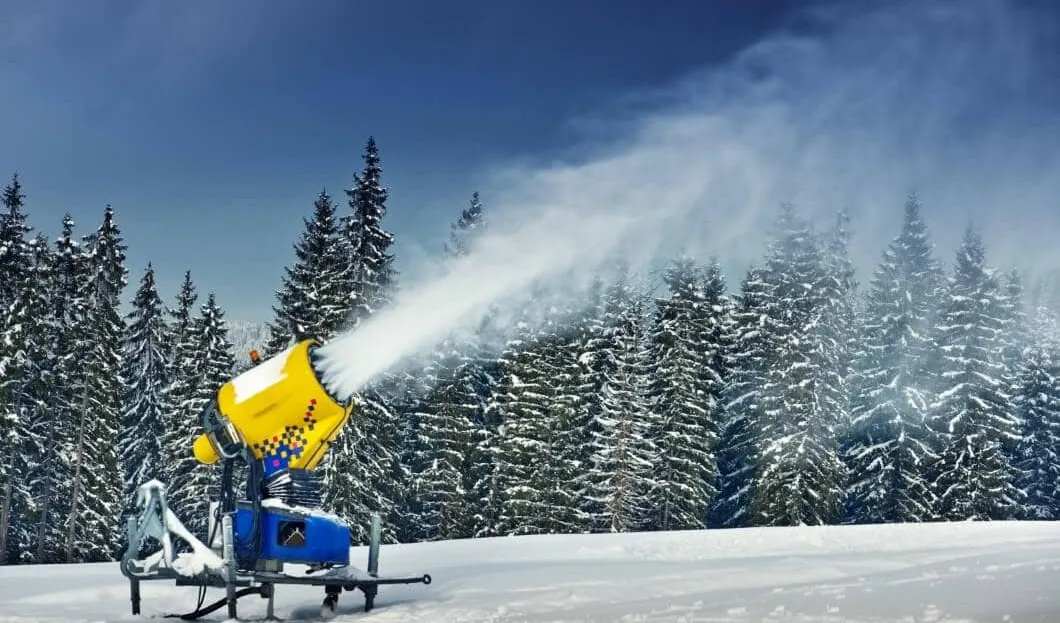
According to a recent study published in the journal "Natural Climate Change," the impact of climate change on European ski tourism is predicted to be significant. The research team has identified ski areas that are expected to be particularly vulnerable. With global warming at two degrees above pre-industrial levels, it is estimated that approximately half of all ski areas in 28 European countries will be at very high risk of experiencing snow shortages.
European ski resorts increasingly rely on artificial snow to maintain their operations. In that case, this will increase demand for water and energy, increasing carbon emissions and exacerbating the climate crisis. Moreover, creating artificial snow requires low temperatures, making it necessary to reconsider the feasibility of heavily relying on winter tourism in certain areas. A group of scientists, led by Samuel Morin from the Center National de Recherches Météorologiques in Grenoble, strongly advise reassessing ski tourism sustainability to mitigate its environmental impact.
Ski tourism in Europe is paramount as it hosts around half of all ski areas worldwide, more than 80 percent of the ski areas. Each ski area has more than a million users a year. The study considers the situation for 2234 European ski tourism areas with warming up to four degrees. According to the modeling, almost all ski areas would have a high risk of insufficient snow conditions at four degrees. However, significant regional variations exist.
Based on the analysis, if the temperature increase were limited to 1.5 degrees, approximately 32 percent of Europe's ski areas would face a severe threat. However, snowmaking machines can reduce this risk to 14 to 26 percent. Unfortunately, many climate experts now believe that limiting the temperature increase to 1.5 degrees would be difficult to achieve, even with immediate and substantial efforts.
The study has certain limitations and simplifications. The researchers suggest collecting more data to obtain detailed local results. This includes information about the location, the snowmaking systems' characteristics, and the availability of water and energy sources. Additionally, local considerations about ski tourism's future must include other factors affecting tourists' behavior. For instance, some skiers may find an artificial snow slope surrounded by greenery unappealing rather than attractive.
Tourism activities that produce a lot of CO2, like current ski tourism, can align with the extensive actions required to restrict global warming to below two degrees. Even if a considerable portion of Europe's ski resorts could continue offering ski tourism in the long run, it would be a significant challenge for these places to contribute to reducing greenhouse gas emissions.
Many experts believe that due to declining snow cover in most mountain areas, European ski resorts are expected to shrink. Switching to other forms of tourism could be a more viable option for many mountain regions affected. This could be beneficial both from an economic and ecological perspective.












